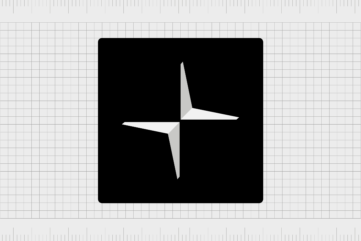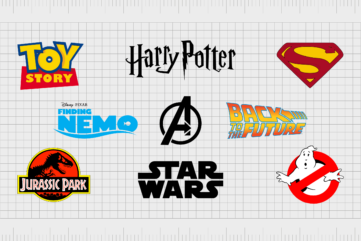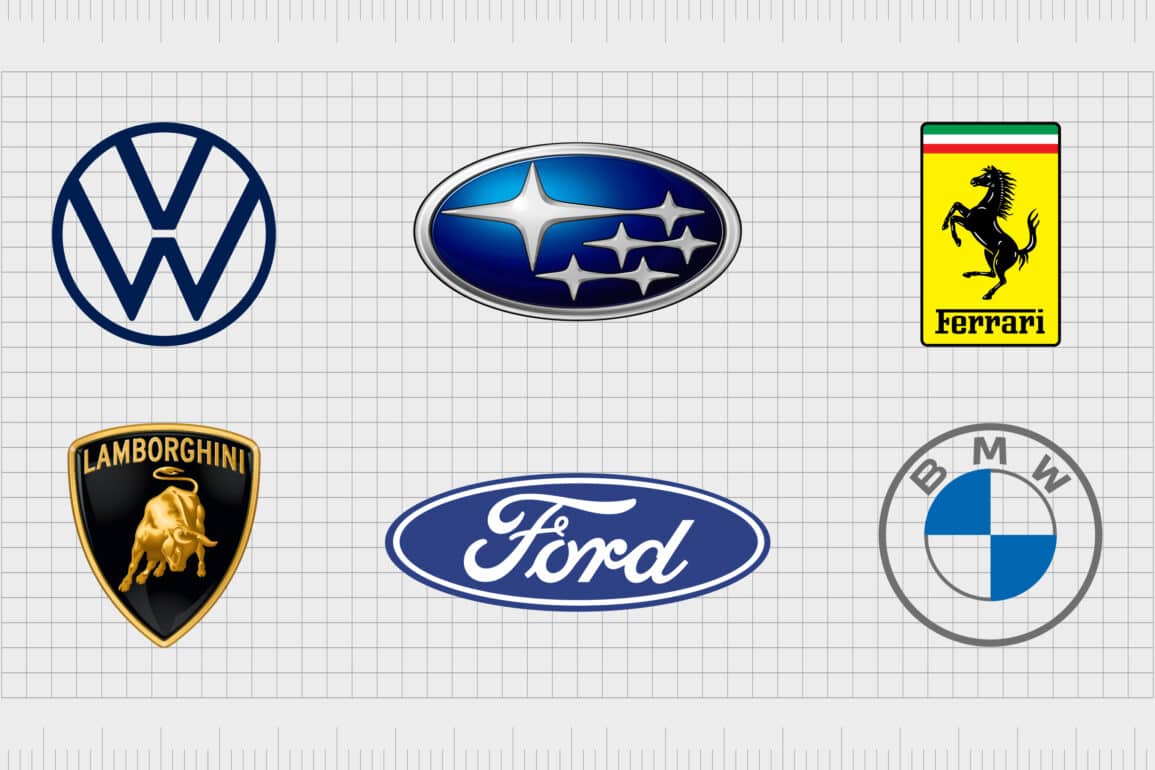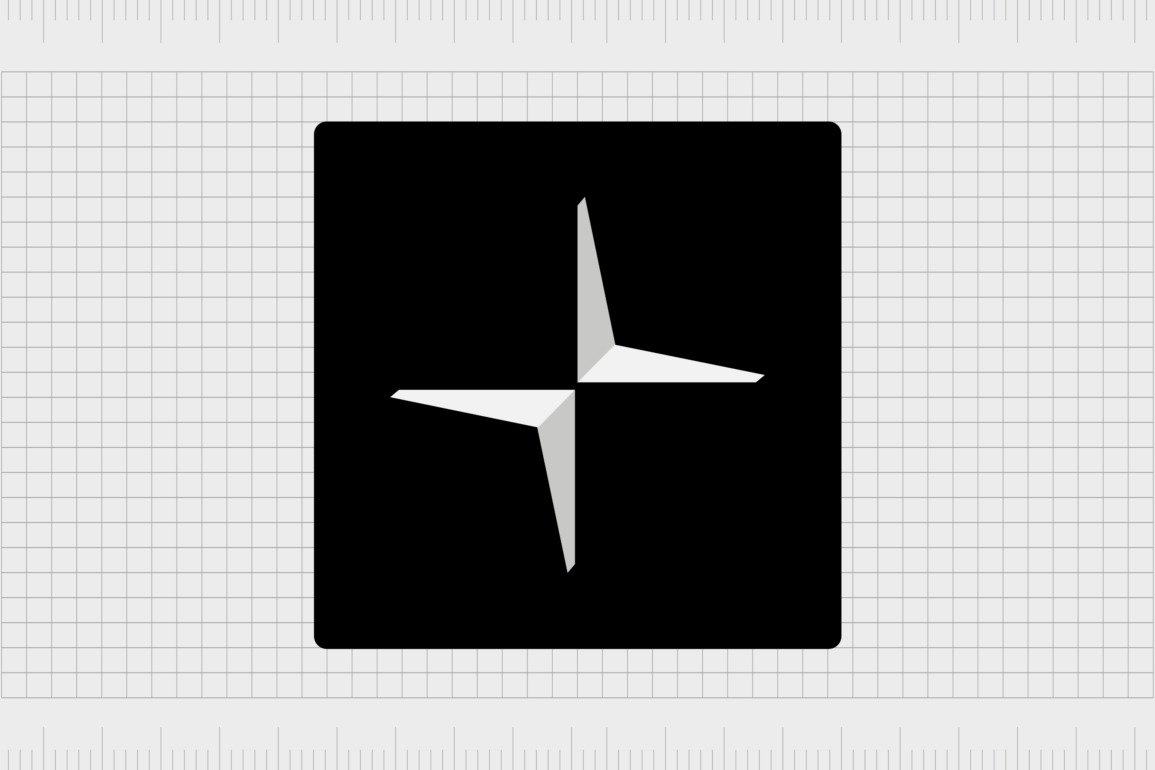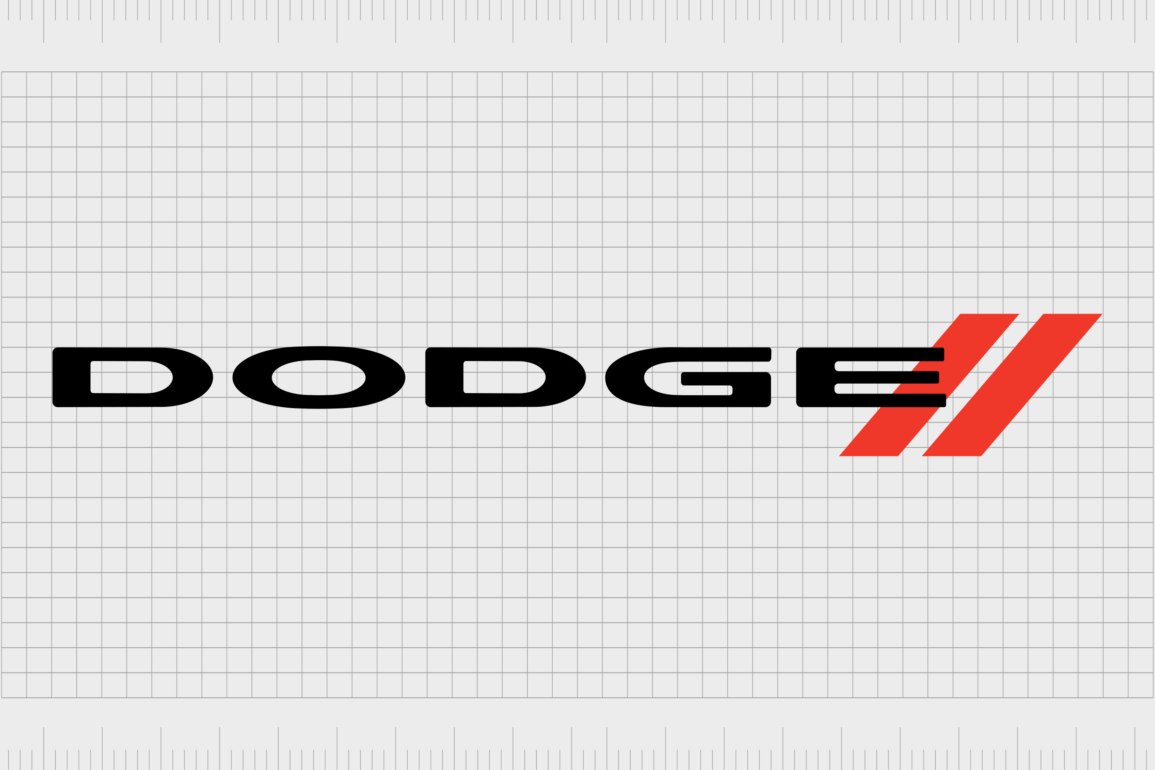Mini car logo history: Evolution of the Mini symbol

Easily one of the more recognizable logos in the automotive space, the Mini car logo has captured the hearts of countless compact car fans worldwide.
Originally a style of miniature car created by the British Motor Corporation, the Mini’s impact on the vehicle landscape was so significant it eventually became a car brand in its own right.
Today, the Mini and the numerous Mini Cooper symbol variations accompanying it over the years are regularly considered an icon of British culture. The mini logo and vehicle have even appeared in several pop culture movies and television shows.
We’ll be taking a journey through the various Mini emblems to appear on the market today and teaching you a thing or two about the Mini car brand.
| Founded: | 1969 |
| Founder: | Mini was designed by Sir Alec Issigonis |
| Headquarters: | United Kingdom and the Netherlands (under the BMW brand) |
| Website: | www.mini.com |
| Logo downloads: |
Mini, known to some as “MINI,” is a British automobile marque created in 1969 following the original creation of the “Mini” line of British cars starting in 1959. Originally, the Mini was a compact car designed by innovator Sir Alec Issigonis for the British Motor Corporation.
Over the years, the BMC (British Motor Corporation) became a part of the British Motor Holdings brand, which merged with Leyland Motors to form British Leyland in 1968.
The British Leyland company broke up in the 1980s, and in 1988, the Rover Group, including Mini, was purchased by British Aerospace.
During this time, various Mini models were produced, with performance variations using the name “Mini Cooper” due to a partnership with John Cooper, British racing legend.
When BMW acquired the Rover Group in 1994, it was broken into pieces, and BMW retained the Mini brand. The development of a new modern version of the Mini began in 1995, and BMW officially introduced the “new Mini” in 2001.
Mini Logo History: Mini logo evolution
The Mini symbol and Mini cooper emblems have changed several times over the years as the nature of the company has evolved. Today, many people still regard Mini vehicles as an iconic part of the automotive world and an insight into the history of the compact car.
Mini vehicles influenced a new generation of car makers. Mini was even voted the second most influential car of the 20th century in 1999, falling just behind the Ford Model T.
1958

The initial Mini logo didn’t have many components we associate with today’s brand image. The first two manufacturers of Mini cars were located in Birmingham and Oxford. While the Oxford mini was called the Morris Mini Minor, the other was known as the Austin Seven.
The Minor logo featured a cursive handwritten wordmark with a coat of arms displayed above it, and the Morris mini was a circle with two arrows extending to the right and left. The Morris logo is the emblem that helped to inspire the Mini car symbol we know today.
1962

The next Mini Cooper logo appeared in 1961 when the name “Cooper” began appearing in partnership with the Mini company. A new design for the Mini symbol emerged based on the previous image. We still had a circular badge with lines extending from either side.
This time, the lines on either side looked closer to squared-off wings, and the circular badge in the middle displayed the words “Mini Cooper” in a sans-serif red font.
1968

In 1968, a Mini emblem very similar to the one we know today was introduced, using many of the same components of the previous image.
This new logo was modern and minimalist, with a solid black circle featuring the bold white “Mini” lettering. The “Cooper” aspect of the brand image was removed for this update.
The inscription changed from a bold sans-serif font to a sophisticated serif font with thin serifs. The iconic wings became shorter and were outlined only in black this time.
1969

For a while, the Mini company adjusted its styling to suit the brand image of the Rover Group, previously known as Leyland motors. This image was entirely removed from the previous Mini logos, which relied heavily on wing-like elements and a circular badge.
This image shows a hexagon split into two parts, with an upper black section featuring a bold white wordmark in sans-serif fonts. The bottom part of the Mini emblem here shows two turquoise sections separated by a thick series of silver lines.
2001

2001 marked the date when the BMW brand acquired Mini.
At this time, BMW decided to revive the elements of the old Mini image, modernizing the winged logo with the circle in the center. This version of the logo was far more contemporary, depicted in three-dimensional silver lines with a black circle in the center.
The “Mini” wordmark was again presented in all-capital sans-seif letters. In this version of the Mini logo, the winged components on either side of the circle appear a little sharper. The overall image is more confident and sophisticated.
2018

The current logo is a refined version of the previous Mini emblem, depicted to embrace the minimalist trend many automotive companies have moved towards in recent years.
The various central components of the logo remain the same here, such as the circular badge and the four-striped wings on either side of the Mini wordmark.
The new Mini logo is presented in black and white for simplicity, and it’s an excellent insight into the modern and agile nature of the company as it moves into the new age of compact car creation.
Mini logo features and components
This automotive company’s brand image has evolved several times over the years from the Mini cooper logo to the modern Mini logo.
Looking back at the old Mini logo before the hexagon image was introduced in 1969, it’s easy to see how the old emblem inspired many of the components of the modernist icon we know today.
The current Mini logo features a set of two wings (depicted as four sharp lines) extending from either side of a circular badge. The wings in most automotive logos are intended to demonstrate speed and freedom – crucial to any car owner.
The circular shape holding the wordmark symbolizes the community-driven nature of the Mini brand and its focus on serving a wide variety of people.
What font is the Mini Logo?
The mini logo font is a simple sans-serif font created explicitly for the Mini company. The sans-serif design is intended to simultaneously make the car company look approachable, sophisticated, and modern.
The simple image is similar to the “Serif Special font” and aims to strengthen the brand image as a modern and forward-thinking company.
Mini logo colors
The official Mini logo color today is simply black. There are no additional colors associated with the brand, though the company has experimented with several shades over the years, including various hues of blue and red.
Celebrating the Mini logo today
The Mini logo might be a somewhat simple design, but it’s something many people can recognize at a glance when seeing a Mini vehicle pass by on the road.
Like other car brands, the Mini logo has evolved several times over the years, but since being purchased by BMW, many aspects of the Mini brand identity have returned to their roots.
The current Mini car logo is an excellent example of how modernity and a brand’s history can blend to create something eye-catching and timeless.
Fabrik: A branding agency for our times.


